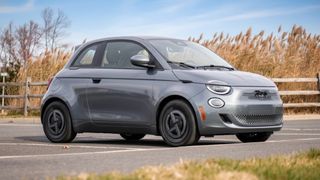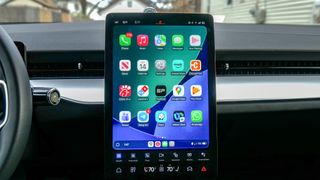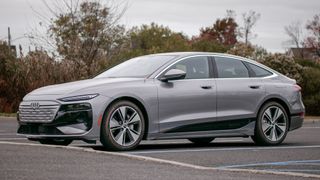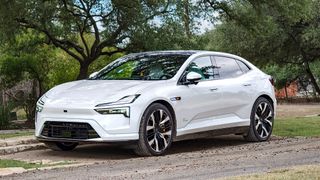EVs
Latest about EVs

I drove the Fiat 500e for a week — this tiny EV is like a double-shot of espresso
By John Velasco published
The 2025 Fiat 500e is an ultra compact EV with a range of 149 miles. After driving it for a week, it proves it can go farther than that.

I drove the Hyundai Kona Electric and Chevrolet Equinox EV for a week — here’s the affordable EV I’d recommend
By John Velasco published
I put the 2025 Hyundai Kona Electric and 2025 Chevrolet Equinix EV to the test to see which is the better budget EV.

I drove the Cadillac Lyriq-V for a week — and it’s the luxury EV I’d spend my money on
By John Velasco published
The 2026 Cadillac Lyriq-V offers a compelling package with its sleek design, premium features, and sports car-like driving performance.

I’ve driven over 42 electric cars this year — and these are the 13 coolest features I’ve checked out
By John Velasco published
I've tested more than 42 electric cars this year and these are the coolest features that impressed me the most.

I drove the Ford F-150 Lightning 100 miles off the grid — here's my verdict
By Kate Kozuch published
I took Ford’s F-150 Lightning into wide-open Texas ranch country to experience its driving features, comfort and onboard power. It turned out to be a capable EV, impressing from highway to pasture.

From driving directions to staying alert — 7 CarPlay settings and features you should absolutely use for a safer drive
By John Velasco last updated
There are new CarPlay features with iOS 26, but these tips will help you on your commute to stay safe while driving.

I drove the Audi A6 Sportback e-tron for a week — and it’s my new favorite luxury EV sedan
By John Velasco published
The 2025 Audi A6 Sportback e-tron is an all-electric sedan that boasts premium features, better-than-average efficiency, and slick modern design that puts other luxury EVs to shame.

I just drove the Polestar 4 — and it's the most tech-forward EV not made by Tesla
By Myriam Joire published
The 2026 Polestar 4 is a sleek looking electric SUV coupe that has a lot of style and a performance to back it up. It's the most tech-forward EV I've driven that's not made by Tesla.

I drove the Jeep Wagoneer S for a week — and it’s just the right mix of luxury and sporty
By John Velasco published
The 2025 Jeep Wagoneer S is the car maker's first foray into EVs, commanding a starting cost of $65,200 and delivering resounding performance.

Chinese EV-maker Xpeng reveals plans to have its flying cars on the road – and in the skies – by the end of 2026
By Lindsay Handmer published
Sponsor Content Created With Xpeng
At its annual AI showcase, Chinese technology company Xpeng lifted the lid on an impressive range of upcoming vehicles, aircraft and robots, some of which are set to launch as soon as next year.
Here at Tom’s Guide our expert editors are committed to bringing you the best news, reviews and guides to help you stay informed and ahead of the curve!
